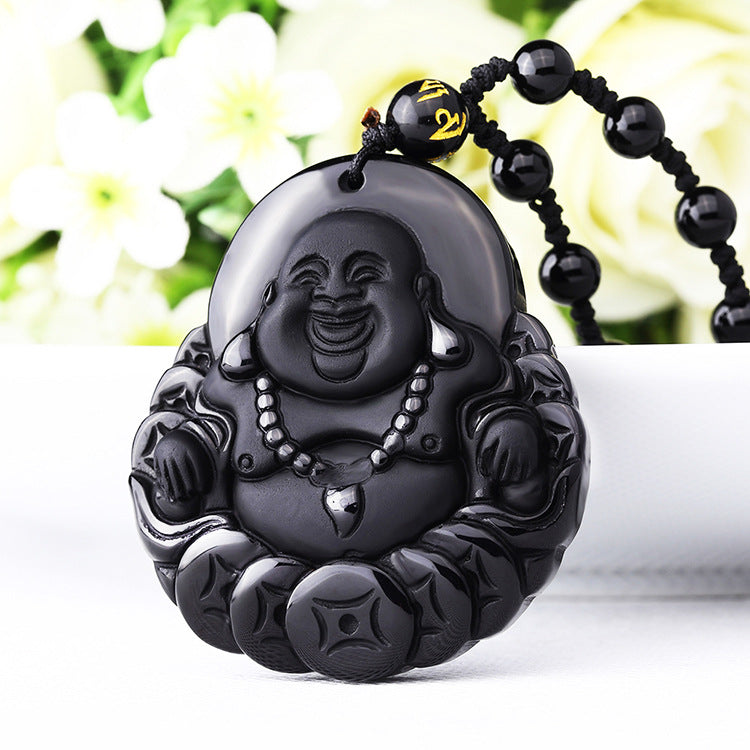Mandala - 3 important points that highlight its significance and symbolism.
Mandala is a beautiful and intricate art form that has been around for centuries. It has been used in various cultures and religions as a way to represent the universe, connect with the divine, and promote inner peace and harmony. In this blog post, we will explore three key points about mandala and its significance.

Here are three points about the Mandala that highlight its significance and symbolism.
1. Symbolism and Representation
The word “mandala” comes from the Sanskrit word for circle and is known as a sacred geometric design. The circle, which is the most basic form of mandala, represents wholeness, completeness, and perfection. It is a symbol of the universe and the never-ending cycle of life and death. The center of a mandala is often seen as the focal point, representing the source of creation or the divine.
Mandalas are also known for their intricate and detailed patterns and designs. These patterns are not just aesthetically pleasing, but they also hold deep meaning and symbolism. For example, the lotus flower is a common motif in mandalas and represents purity and enlightenment. The four cardinal directions, elements, and chakras are also often represented in mandalas, each with its own symbolism and significance.
The use of colors in mandalas is also significant. Different colors hold different meanings and can evoke different emotions. For instance, red symbolizes passion and energy, while blue represents calmness and stability. The colors used in mandalas are often chosen carefully to create a harmonious balance and promote a sense of peace and unity.
2. Spiritual and Meditative Practice

Mandalas have been used in various spiritual and religious practices for centuries. In Hinduism and Buddhism, mandalas are used as aids for meditation and spiritual growth. The intricate patterns and designs of mandalas are believed to help focus the mind and lead to a state of deep meditation.
Creating or coloring mandalas can also be a meditative practice in itself. The process of creating a mandala requires patience, concentration, and attention to detail, which can help calm the mind and promote mindfulness. Coloring mandalas has also been found to be therapeutic and can be used as a tool for stress relief and relaxation.
In addition to its use in meditation, mandalas are also used as a tool for self-discovery and personal growth. The symmetrical and balanced nature of mandalas can represent the balance and harmony within ourselves. By creating or studying mandalas, we can gain insight into our inner selves and promote self-awareness.
3. Healing and Well-Being
The use of mandalas in promoting healing and well-being has gained popularity in recent years. Mandalas are believed to have a calming and soothing effect on the mind, which can be beneficial for individuals dealing with anxiety, stress, and other mental health issues. Coloring mandalas has been found to reduce anxiety and promote relaxation, making it a popular form of art therapy.
In addition to its mental health benefits, mandalas are also used in holistic healing practices. The various elements and symbols in mandalas are believed to have healing properties, and the use of colors can also have a therapeutic effect. Mandalas are often used in chakra healing, where different chakras are associated with different colors and can be represented in a mandala.
In conclusion, mandalas are much more than just beautiful pieces of art. They hold deep meaning and symbolism, and their use in various practices promotes spiritual growth, meditation, and well-being. Whether you are creating, coloring, or simply admiring a mandala, take a moment to appreciate its intricate details and the deeper meaning behind it.
Visit our Mandala collection!



















































